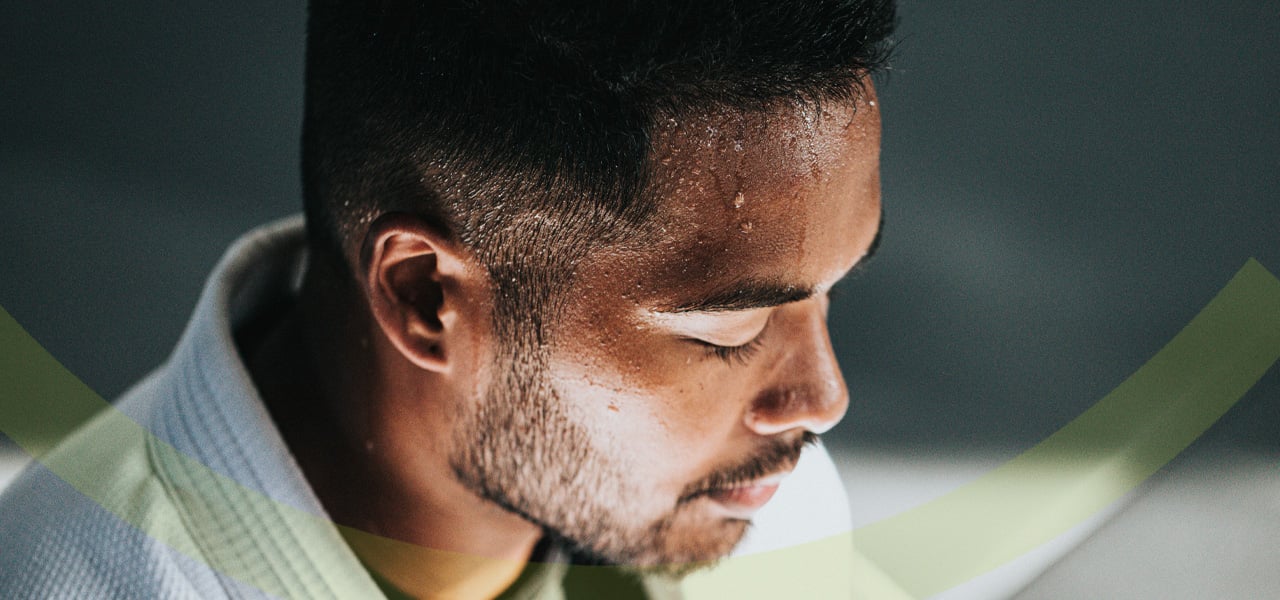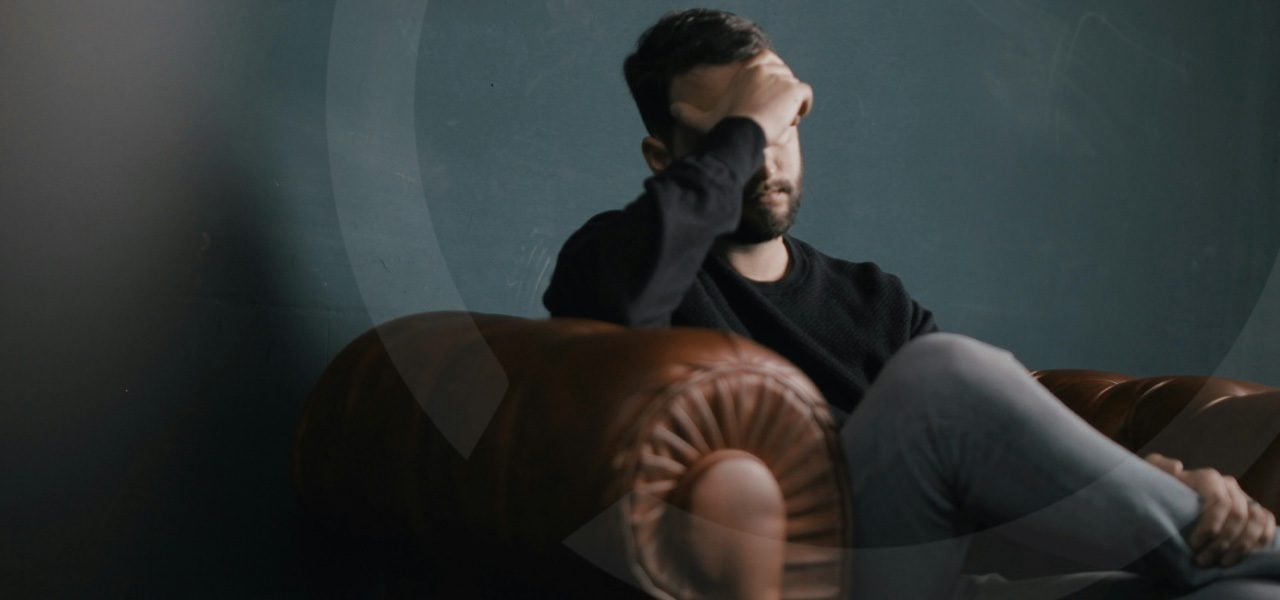Getting help with mental health and addiction is incredibly important to reestablish your health and happiness. Deciding when to get help will be the first stepping stone to better wellness and wellbeing. You can improve your everyday life with the use of effective mental health and addiction treatments, such as cognitive behavioural therapy (CBT).
CBT can treat a variety of mental health symptoms and addiction disorders. Symptoms and disorders can affect how we live, feel, and think on a daily basis. Therefore, learning how to improve your mental health can ultimately help you live a better and much happier life. Read on to learn about how CBT works.
What is Cognitive Behavioural Therapy?
Our beliefs, attitudes, and thoughts can affect how we feel and behave. For example, a negative outlook on life can affect our mental health and cause bad lifestyle habits. It can also hinder how we feel, act, and think. CBT works to change how we interpret, think and act, so that we can combat mental health symptoms and curb addictive tendencies.
Cognitive-behavioural therapy takes place solely through communication and reflection, which can be done by meeting with a therapist either in person or online. During these therapy sessions, several techniques may be used:
Journaling
Recognizing and recording thoughts and feelings can help us to reflect on actions and emotions to see where there is room for improvement. Without analyzing our thought patterns, we may not realize if they are hindering our outlook, emotions and actions, all of which play a role in our mental health. Journaling to reflect helps us to recognize the importance of adjusting our thought processes, and often reveals to us a great place to begin. Using a journal is beneficial for both the individual seeking help, and the therapist working to provide it.
Behavioural experiments
Common behavioural experiments in CBT require us to step outside of our comfort zone and reflect upon what happens. For instance, if you say “yes” too often for your own good, your therapist might instruct you to try saying “no” and see what happens. It is easy to assume that new things (or words) are scary or dangerous. Stepping outside of our comfort zones for small behavioural experiments can help us to realize that changing our actions is okay. These experiments are often useful for those who experience anxiety.
Imagery based exposure
Imagery-based exposure is another CBT technique that involves reflecting on a moment that is causing poor mental health or addiction. For instance, a car accident may increase anxiety or cause a fear of driving. Using image-based therapy helps to evoke a memory so that we can address and overcome how it makes us feel. For instance, if someone developed anxiety after a serious car accident, exposing themselves to images of driving or accidents might ultimately help them to recognize that these intrusive emotions related to their accident are memories, not an everyday reality.
Cognitive restructuring
Another common technique used in CBT treatment is cognitive restructuring, which relates to how an individual lets a rule or assumption control their life. For example, a person might believe that to become successful in their job they have to work four extra hours each day, resulting in a poor work-life balance and declining mental health. A study has stated that CBT treatment can be 38% effective to help a person overcome OCD-like thoughts that force them to do or act in a way that harms them. Cognitive restructuring helps to restructure beliefs and realize that these rules are inaccurate or unnecessary.
What can I learn from CBT?
The ultimate goal of cognitive behavioural therapy is to adjust the way you think and feel so that you can think and feel more positively. This will change how you behave too, which can support addiction recovery as much as it can improve mental health.
CBT treatment and CBT counseling teach us how to properly “self-help” to encourage positive attitudes and actions. Useful skills to learn in CBT include:
SMART goals
Learning to identify SMART goals is an essential practice of CBT. It allows us to maintain focus and determine how to maintain a greater sense of control and happiness.
SMART goals stand for Specific, Measurable, Adaptive, Rewarding, and Time-Bound. Whenever we identify a goal, we should break it down and address the five parts of a SMART goal to encourage realistic goal-setting and increase the likelihood of achieving said goal. Following plans and frequently achieving goals increases satisfaction and allows us to feel more in control of our lives.
Self-talk
Most of what we say to ourselves affects how we feel, especially for those with mental health and addiction disorders. Therefore, learning healthy self-talk is a useful take away from CBT counseling sessions.
Proper self-talk can improve positive thoughts and feelings so that we can respond better to our thoughts and actions. Improving and regulating internal emotions as well as external behaviour, which is the ultimate end goal of CBT.
Situation exposure
CBT helps us learn how to expose ourselves to situations and deal with them so that we can overcome fears, negative emotions and unhelpful behaviours. By exposing ourselves to uncomfortable situations and realizing that they have been built up in our minds, we can learn how to effectively face our fears and become more in control of our lives. In turn, this helps to minimize negative feelings and actions.
What can CBT help with?
There are many things that CBT can help with, from improving how you deal with everyday life to minimizing symptoms of anxiety, depression, and other mental health battles.
Whether online or in-person, CBT sessions provide benefits for a variety of mental health issues and disorders, such as:
Mental health disorders
A common use for CBT is to reduce mental health symptoms. Disorders often associated with CBT use include:
- Anxiety
- Depression
- Bipolar disorder
- Obsessive-compulsive disorder (OCD)
- Eating disorders
- Schizophrenia
While many people use medication to help minimize the symptoms of their mental health disorder, CBT and psychotherapy practices can be used concurrently or in replacement of medication. Oftentimes, a person’s mental health can be better improved solely through communication and therapy, so CBT can enhance the effect of medication.
Overcoming a traumatic event
Cognitive behavioural therapy can be trauma-focussed for those that have experienced an event that has resulted in fear, anxiety, depression, or addiction. Post-traumatic stress disorder (PTSD) can be a result of various instances, which vary depending on the individual and how the event has left them feeling and thinking after it has happened.
These sessions will likely involve imagery-based exposure to think back to the event, take time to feel all five senses, and come to terms with what happened and how it should not impact the present or the future. These sessions bring discomfort, but it is important to keep in mind that these sessions can help overcome trauma and regain control of thoughts and emotions.
Likewise, CBT can also be useful for curbing phobias. Similar to traumatic events, phobias can hinder a person’s emotions and behaviour when the phobia appears or is thought about. CBT counseling can demonstrate there is nothing to be anxious about, and provides ways to adjust thinking so that phobia triggers have less of a negative impact on feelings and actions.
Addiction
CBT is often used in addictions rehabilitation settings. When a person misuses alcohol or drugs, it can not only pose a threat to their physical health but also their mental health.
Substance abuse is often caused by negative thought patterns and related behaviour. The continual use of alcohol and drugs can cause a vicious cycle of negativity and mental health issues. CBT and the careful adjustment of thoughts and feelings can be used to help tackle cravings and minimize their control over our actions.
CBT helps to identify underlying issues and encourages self-reflection, which can curb the addiction and promote healthier thoughts, attitude, and emotions.
Poor sleep
Poor mental health and/or addiction can lead to poor sleep. Overthinking, negative emotions, and how we behave in our day-to-day lives can cause insomnia. Therefore, improving our emotions, feeling more positive, and attaining a healthier lifestyle (mentally and physically) can help improve our sleep and combat insomnia.
How CBT works
Now that you understand the basics of CBT, here is a further discussion into how it actually works.
CBT breaks down overwhelming problems into smaller portions:
- Situations
- Thoughts
- Emotions
- Physical feelings
- Actions
Although these smaller portions are separate, they are all connected. For instance, feeling anxious is an emotion yet it can make a person think and act in a certain way.
CBT is focused on the present and future of a person’s emotions and actions, which other psychotherapy practices are not. The practice of CBT works to find solutions as opposed to telling you what to do.
Breaking down the portions further will give you a better understanding of how CBT works. First, CBT will identify what situations are causing detrimental effects to your mental health and problems. Identifying the situation will then justify their thoughts, emotions, physical feelings, and actions.
Moreover, CBT therapy can be 1-to-1 or group sessions, depending on the preference of the individual or the problem at hand. These sessions can vary in length. It is often advised to have 30 to 60-minute sessions. Depending on the severity or complexity of the issue, 5 to 20 sessions may be advised.
The first session will identify your problem and use a discussion to help the therapist decide what CBT technique will be best for you. The further sessions will put the technique(s) into practice to help overcome the issue, attain mindfulness, and learn about how you can positively influence your emotions, actions, and life.
You should not give up with your CBT until you overcome your problem and attain a better cycle of mindfulness, wellbeing, and mental health. Likewise, you will be able to continue your journey to wellness with the at-home practices that you learned in CBT counselling. For instance, practicing self-talk and staying on top of your SMART goals and journaling will help you get the most out of your CBT. Checking in with yourself between sessions will only help you overcome your issue quicker and help you achieve a greater sense of self-control.
CBT in Action
Understanding how CBT works and what a session would be like is useful to understand how it can help with your social anxiety, mental health disorders, fears, and/or addiction. CBT’s problem-oriented approach will help people overcome their struggles by adjusting the way they think and behave.
An example of cognitive-behavioural therapy:
Overcoming social anxiety with CBT. For someone that fears group social events, they might believe that they are non-sociable and difficult to talk to. Yet, those beliefs are likely internal and do not reflect the beliefs of others. Therefore, this individual would likely benefit from behavioural experiments. As opposed to declining social event requests, attending them more and stepping outside of their comfort zone, with the help of CBT, can help overcome this fear.
The best way to overcome fear and manage your emotions is to face them. Behavioural experiments will help a person identify the benefits of opposing their usual habits (in this instance, saying no to social events because of social anxiety) and saying yes to experience the benefits that can come from socialization.
A CBT session would help an individual identify their negative thoughts and behaviour and substitute them for positivity, which will help a person overcome their problem. View the examples below to see how we can challenge our internalized thoughts and feelings with CBT.
WITHOUT CBT
- Situation: A poor experience at a party.
- Thought: At the party, there were so many awkward silences and no one wanted to talk to me.
- Feeling: Parties make me feel embarrassed and bad about myself, I don’t feel like I am good enough or social enough to attend them.
- Action: Because I don’t feel social enough, I will not attend any more parties.
- Result: This thought, feeling, action process can repeat and become a harmful cycle.
WITH CBT
- Situation: A poor experience at a party.
- Thought: At the party, there were so many awkward silences and no one wanted to talk to me.
- Challenge memory recall: I may not have enjoyed myself at that particular party, but I can’t guarantee that I was the reason it was so poor. Perhaps I was just having a bad day, or those long silences weren’t as long as I interpreted them to be.
- Feeling: Now that I realize this uncomfortable situation might not have been my fault, I feel encouraged and hopeful that future events might be better (it’s ok to still feel some hesitancy here).
- Action: I know it is important to expose myself to situations like this in order to minimize my social anxiety. I will attend the next party and try my best to maintain hopefulness and openness. Perhaps I will bring a friend to ease my nerves.
- Result: That party was not as bad as my memory of parties. Perhaps with more exposure and positive thinking, I can grow to truly enjoy social situations again.
Notice that in the above examples, challenging memory recall and engaging in behavioural experiments greatly increased the chances of the individual enjoying social situations again. Also notice that the individual was not 100% over their social anxiety by the end of this exercise. Cognitive behavioural therapy takes dedication and determination. We can see that after undergoing this exercise a few more times, the individual is likely to experience a much more positive result.
How can I start Cognitive Behavioural Therapy?
Depending on where you live and the problem you’re facing, your general practitioner might refer you to a CBT specialist. Or, you can find your own support through a simple online search.
Thanks to modern technology, you can attain CBT sessions online without having to leave your home. Thus, you can fit the sessions around your current lifestyle and not use distance as an excuse. You can improve your health, happiness, and wellbeing in the comfort of your own home.
EHN CAN HELP
Whether you’re an individual who needs help with your mental health or substance use disorder, a friend of someone struggling or you’re an employer with employees who need help—we’re here for you. Our programs include a combination of cognitive behavioural therapy (CBT) with other methods, such as dialectical behaviour therapy (DBT), eye movement desensitization and reprocessing therapy (EMDR), and acceptance and commitment therapy (ACT). This combination of practices will ensure that you have all the skills and support you need to overcome your mental health or addiction battle.
Call us at one of the numbers below to start a conversation about how we can help you.
Bellwood (Toronto, ON): 866-281-3012
Edgewood (Vancouver Island, BC): 604-210-8713
Ledgehill (Lawrencetown, NS): 866-419-4483
Sandstone (Calgary, AB): 866-295-8981
Gateway (Peterborough, Ontario): 705-874-2000
Nouveau Depart (Montreal, Quebec): 866-738-5572
EHN Online: 866-345-8192



